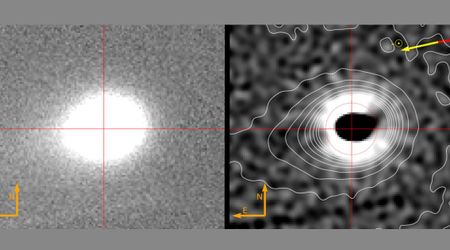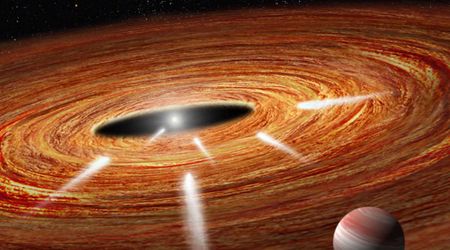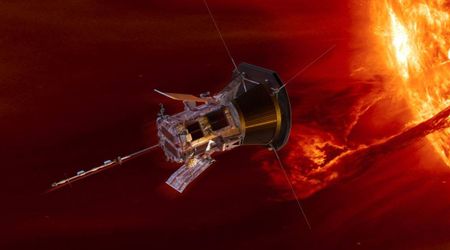Perseverance rover detects electric discharge in Martian dust storms for the first time
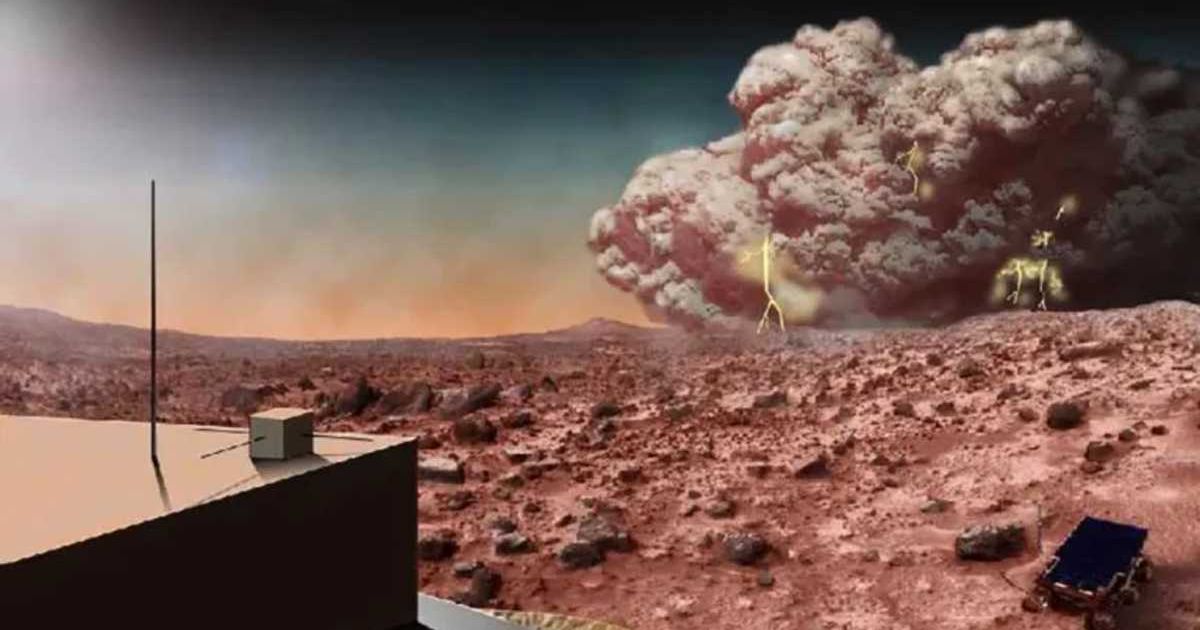
For the first time, scientists have confirmed that electric discharges, in the form of tiny lightning bolts, are indeed occurring within the storms or "dust devils" that swirl across the Martian surface, according to the Centre national de la recherche scientifique (French National Centre for Scientific Research).
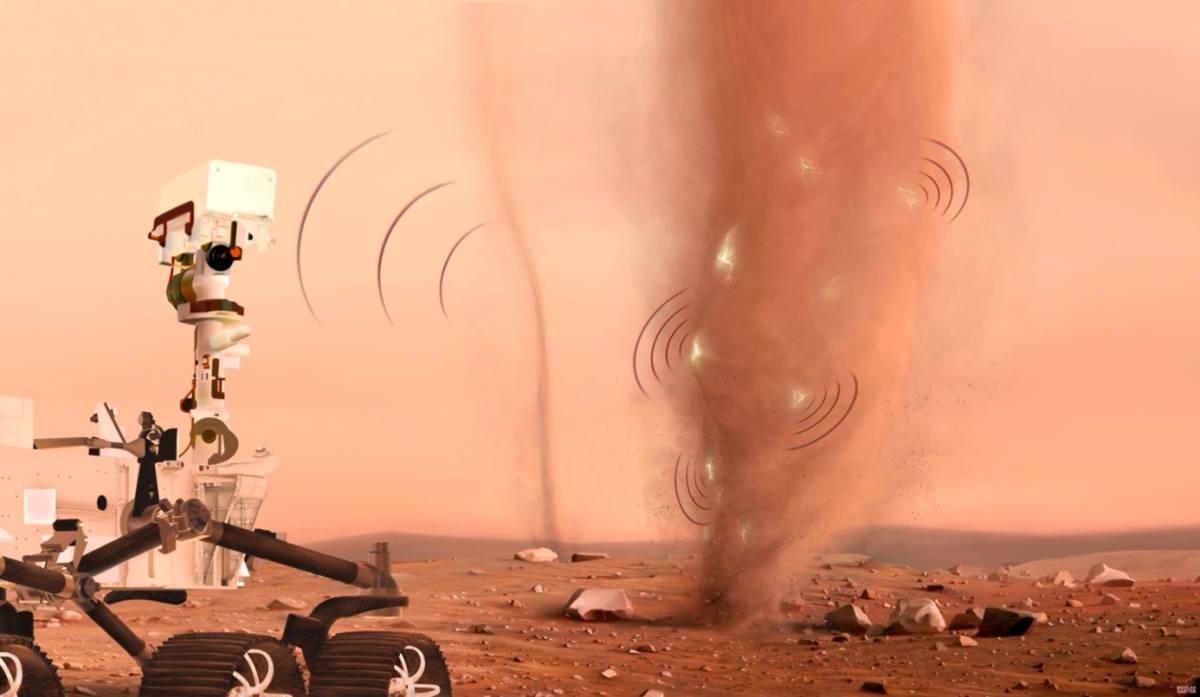
The striking observation was made using a microphone on NASA's Perseverance rover. The audio sensor, part of the SuperCam instrument, unexpectedly captured powerful signals as the rover passed near two dust devils. Analysis carried out by an international team, including researchers from the CNRS, Université de Toulouse, Observatoire de Paris – PSL, showed that these signals were the electromagnetic and acoustic signatures of electrical sparks. Scientists liken them to the small static electricity jolts people feel on Earth when they touch a door handle in dry conditions.

This happens because friction among wind-carried fine dust particles causes them to acquire an electrical charge. These charged particles then release their energy in short, audible electric arcs. Static electricity is a common occurrence on Earth, but it rarely results in visible sparks in dust. On Mars, however, the thin carbon dioxide atmosphere makes these discharges far more likely, since less charge is needed to produce a spark than in Earth's thicker air.

This finding, published in the journal Nature on November 26, 2025, will have an immediate and crucial impact on our understanding of the Red Planet. The study showed that the Martian atmosphere can reach levels of charge high enough to quicken the formation of oxidizing compounds. These can then rapidly destroy organic molecules on the surface, as well as compounds in the atmosphere, thereby disrupting its photochemical balance. This newly discovered process may also help explain the long-standing mystery of why Mars' gases, such as methane, disappeared so rapidly.
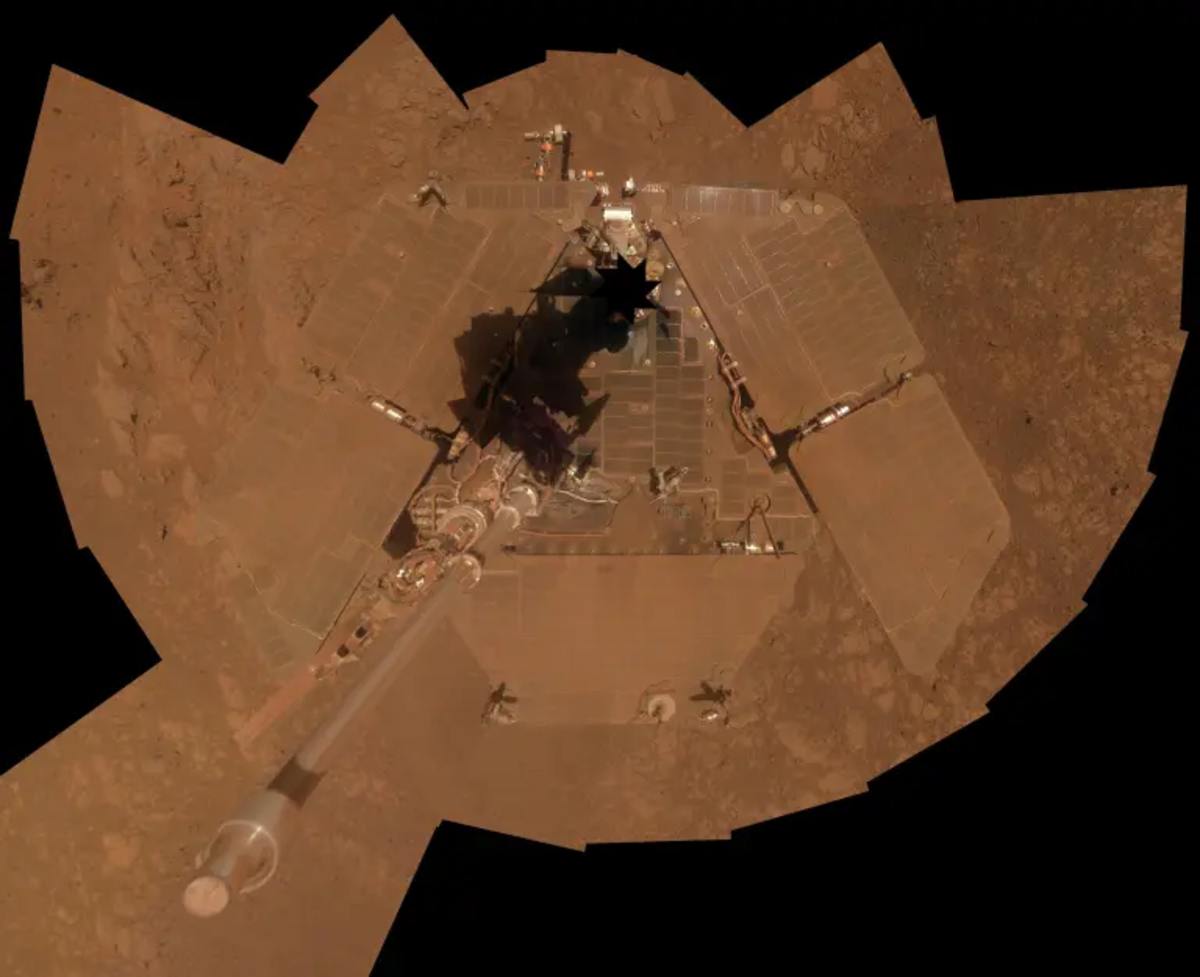
Those electric charges most likely affect the way that dust moves around the planet and play an important, previously unknown role in Mars's climate system. The sparks also pose a risk to the electronics aboard current robotic missions and could be a safety hazard for astronauts on future crewed missions. The SuperCam microphone that made the discovery possible is the very same tool that first captured the sounds on Mars in 2021.
Recently, in a separate but equally fascinating find, NASA's Perseverance rover found an unusual rock in Jezero Crater that may be what is left of a visitor from the wider Solar System. The rock, which measures about 31 inches across and is named "Phippsaksla," immediately caught the rover's attention because its sculpted, high-standing shape was highly unusual compared to the low-lying surrounding Martian rock in the Vernodden area.

The SuperCam instrument on the rover fired its laser at the rock and analysed its chemistry with a spectrometer. Its findings confirmed that it was rich in iron and nickel, a metallic signature similar to that of meteorites originating in the core of large asteroids. Thus, this rock suggests Phippsaksla initially formed far beyond Mars before crashing into the planet. For comparison, a nickel-iron alloy is also a key constituent of Earth's own core.
More in Starlust
Stunning new study claims Mars may have supported life longer than initially suspected
ESA’s ExoMars captures massive dust avalanches on Mars triggered by a meteoroid impact


